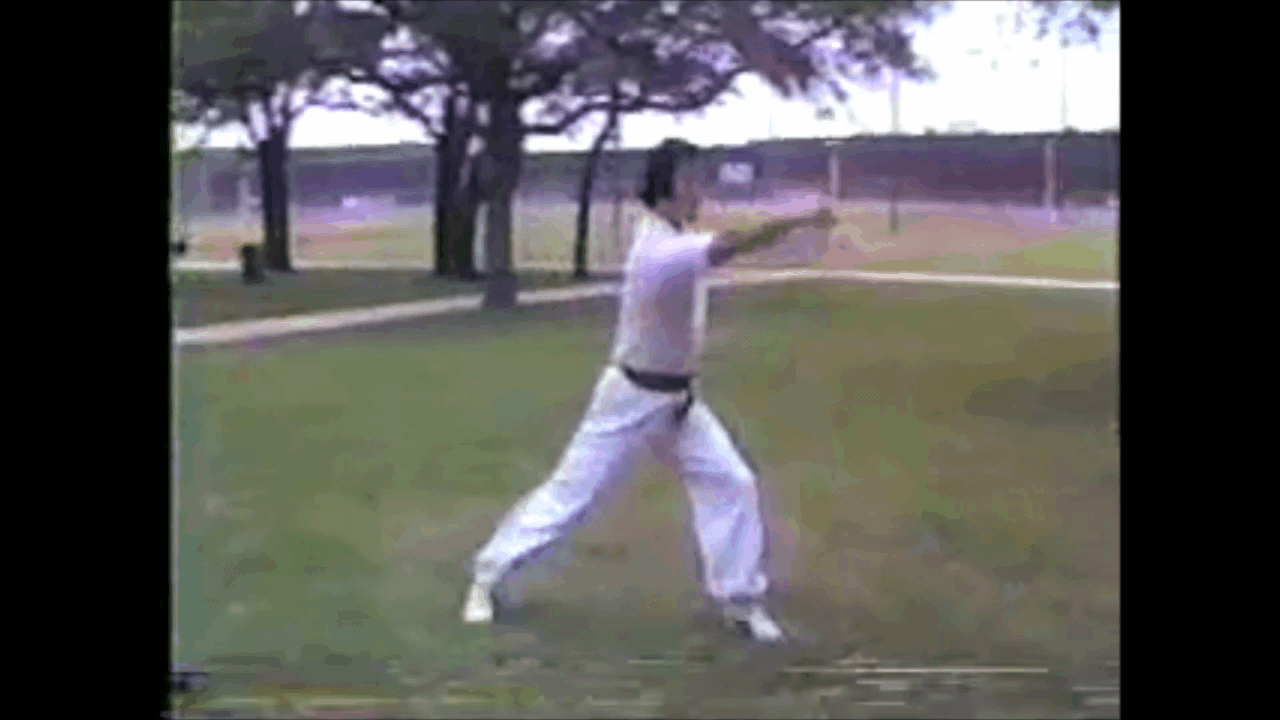- Joined
- Aug 3, 2015
- Messages
- 14,122
- Reaction score
- 6,047
And I appreciate it. Life is too short not to be honest. Say what's on your mind within reason and the worst thing that will happen will be that people understand who you are. Which is better than people not understanding you at all. Be true to yourself.I am just being honest



